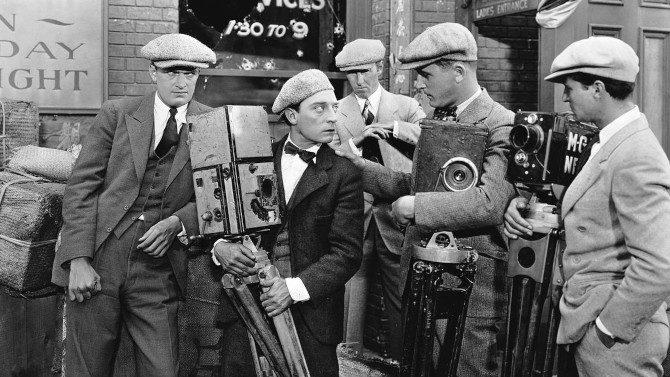
Plights, Camera, Action
Often deemed to be the last classic film made by the great Buster Keaton, The Cameraman (1928) was the final time the silent legend would have anything close to full creative control over one of his own features... as he folded his independent studio to sign with Metro-Goldwyn-Mayer (MGM) – who promptly made him their third highest paid star. Though his future would soon turn very bleak, this first film with the new studio was his own idea.
-
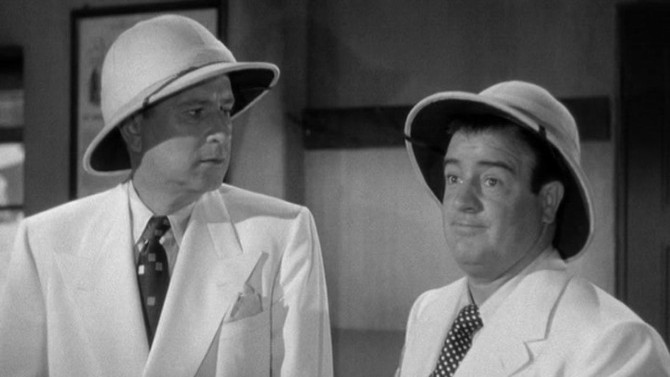
Lougennaire’s Disease
Abbott and Costello in the Foreign LegionMarch 26, 2019What do boxing promoters have to do in the Middle East? Other than throwing a he-jab or two (I know, I know, a touch lame), absolutely nothing, unless you are caught up in another one of Bud and Lou’s zany misadventures. . . namely, Abbott and Costello in the Foreign Legion (1950). Directed by Charles Lamont (his first of eight features with the comedy team –the efficient filmmaker was not overly excited to head these simple projects) and written by frequent A&C screenwriters’ John Grant (every one except Lost in Alaska and Dance With Me, Henry), Martin Ragaway and Leonard Stern (both wrote three), the story finds two boxing promoters, Bud Jones (Bud Abbott) and Lou Hotchkiss (Lou Costello) – a rare time the pair used their first names, losing control of one of their star wrestlers, Prince Abdullah (William ‘Wee Willie’ Davis) – who is infuriated that he is slated to lose his next match, returning home to Algiers instead of taking the loss (but not before roughing up poor Lou – who did all of his own wresting stunts in the film – leading to a wrenched arm socket and a stretched tendon).
-
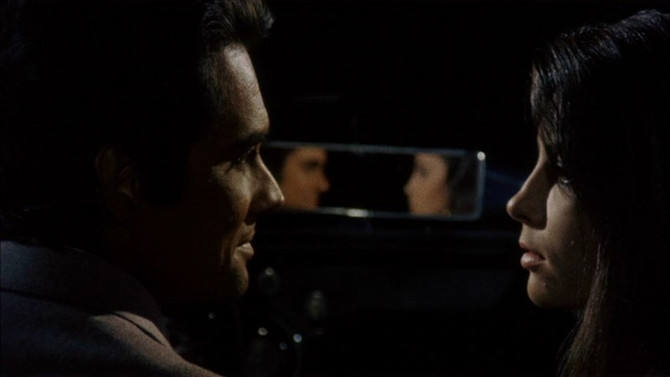
Perspective Analysis
Four Times that NightMarch 10, 2019An Italian sex comedy with some class – I know, I know, that sounds like an oxymoron, the great Mario Bava (Black Sunday) co-adapts and directs Four Times That Night (1971), a film that structures itself in a similar way to Akira Kurosawa’s classic Japanese motion picture Rashomon – also, for a more modern example, think of the television series The Affair (starring Joshua Jackson, Dominic West and Ruth Wilson). Looking at one fateful night, four individuals get a chance to tell their side of the story. Dealing with perspective and viewpoint, the narrative revolves around Gianni Prada (Brett Halsey) and Tina Brandt (Daniela Giordano), a wealthy man always on the prowl – this time spotting a pious young woman in Tina.
-
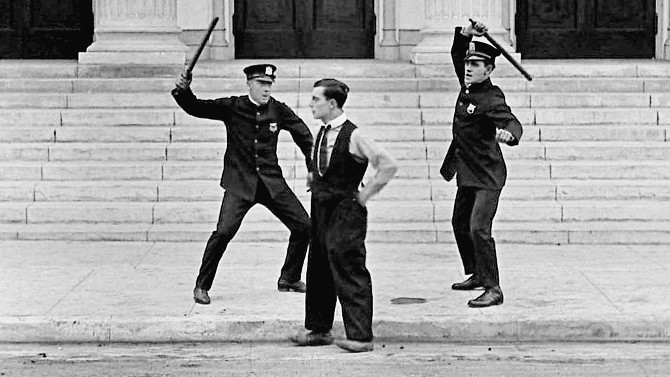
Busta Move
CopsFebruary 10, 2019A tale of visual trickery, rotten luck, and arguably, the bleakest of Buster Keaton’s shorts, Cops (1922) finds The Great Stone Face losing the girl (she is unwilling to even think of dating the man until he makes something of himself) – so, he heads out into the streets of Los Angeles (actually filmed on them) to do just that. Shot during the third trial of his good friend Rosco “Fatty” Arbuckle (charged with manslaughter), it is perhaps evident that the comic actor is not at his most cheerful. After making a few mistakes – Keaton’s use of the space onscreen and the items cleverly placed within it always awes and amazes, he accidentally purchases a cop’s furniture from a street scammer who has spotted that he has some dough (he also buys a horse and carriage that is not actually for sale). . . trotting away with the furniture in tow, he finds himself amidst a police officers’ parade and has the rotten luck of having an anarchist’s bomb land on the vehicle – completely unaware of what it is, he lights his cigarette with it, tossing it aside as it explodes (this idea very well could have come from fellow comedian Harold Lloyd, who, three years earlier, thought it would be funny to pose for photos as he lit a cigarette from the fuse of a bomb – it ended up being real. . . and the man lost his thumb, index finger, and a portion of his palm, it also left him partially blind for more than half a year).
-
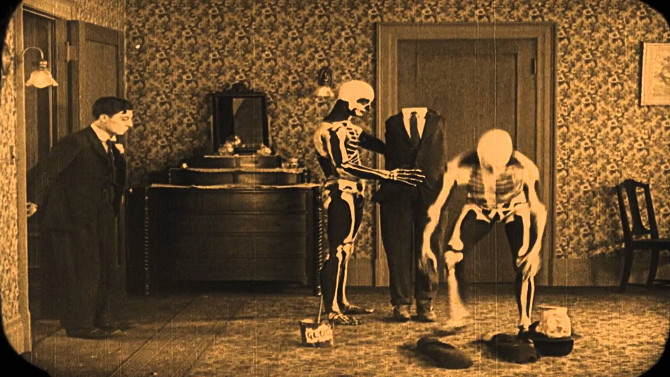
Buster Boo
The Haunted HouseOctober 5, 2018Though not one of Buster Keaton’s most iconic shorts, 1921's The Haunted House is, at its best, like one of those uber-fun Scooby-Doo, Where Are You? chase scenes – ghosts, skeletons, demons and other unexpected spooks flitting in and out of rooms and doorways, dodging, ducking, dipping, chasing, and ultimately, scaring our jarred, though still somehow stone-faced, hero. Where it struggles slightly is its setup. Keaton is a clerk, a hard working employee at a small time bank. The larger than life money manager (behemoth Joe Roberts) has hatched a plan to rob said bank, his team of thieves looking to a crumbling old home, long rumoured to be haunted, as their hidy-hole – preparing for the cops or any other unlucky trespasser, they have booby-trapped the long since abandoned abode while also gathering white sheets to act as ghosts, building on its infamous reputation. After a glue gag that kind of falls flat, Keaton is spotted by the owner with guns in hand (after having chased off the robbers) – it looking like he is the criminal mastermind. . . fleeing, he hopes to find respite in the haunted house.
-
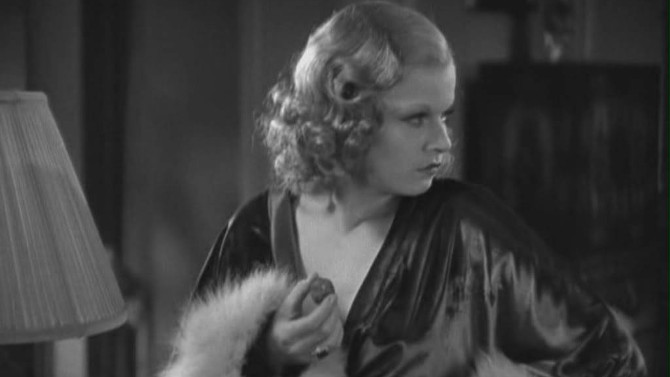
Watch Out for Big Red
Red-Headed WomanSeptember 21, 2018“So gentlemen prefer blondes, do they?” What a way to open a film. . . famed platinum blonde Jean Harlow, face wrapped in a hot towel at a beauty salon, utters this self-referential line (in many ways breaking the fourth wall and speaking directly to the audience – her hair now dyed red), only for things to delve into more intriguing terrain. . . the next snippet finds the dame trying on a dress – asking if you can see through the material, the shop worker answers in the affirmative, to which she perkily states, “I’ll wear it”. Vignettes with a purpose, each moment gives us a viewpoint into the world of one Lil Andrews (Harlow), a Red-Headed Woman with a plan.
-
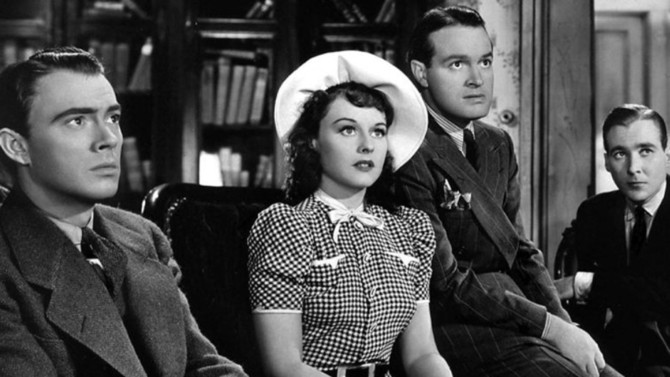
Hope For the Best
The Cat and the CanarySeptember 16, 2018A horror premise as old as it is entertaining, Elliott Nugent’s 1939 film The Cat and the Canary finds an extended family coming together for the reading of their uncle’s will – ten years to the day of his death. A remake of the 1927 silent classic (the idea came from a 1922 stage play of the same name by John Willard), screenwriters Walter DeLeon and Lynn Starling fuse the narrative with a deft comedic touch, resembling the Abbott and Costello horror features that were soon to come – movies that were magically able to play the horror parts for horror and the comedy parts for comedy. Set in a gothic-style plantation home in the middle of the Bayou, the vines envelop the property, the alligator filled water and lush landscape swallowing the dilapidated mansion that likely once stood out, a grand example of man conquering nature. Somewhat resembling Poe’s House of Usher, the property is managed by a mysterious and menacing housekeeper, Miss Lu (Gale Sondergaard) – it is implied that she was the owner’s mistress, a woman who welcomes (and I use that word loosely), the estate’s lawyer, Mr. Crosby (George Zucco), as well as Cyrus Norman’s only remaining heirs: famed actor Wally Campbell (Bob Hope) – who keeps guessing what will happen before it does thanks to his profession, fetching Joyce Norman (Paulette Goddard), mother and daughter Aunt Susan (Elizabeth Patterson) and Cicily (Nydia Westman), as well as nephews Fred Blythe (John Beal) and Charles Wilder (Douglass Montgomery).
